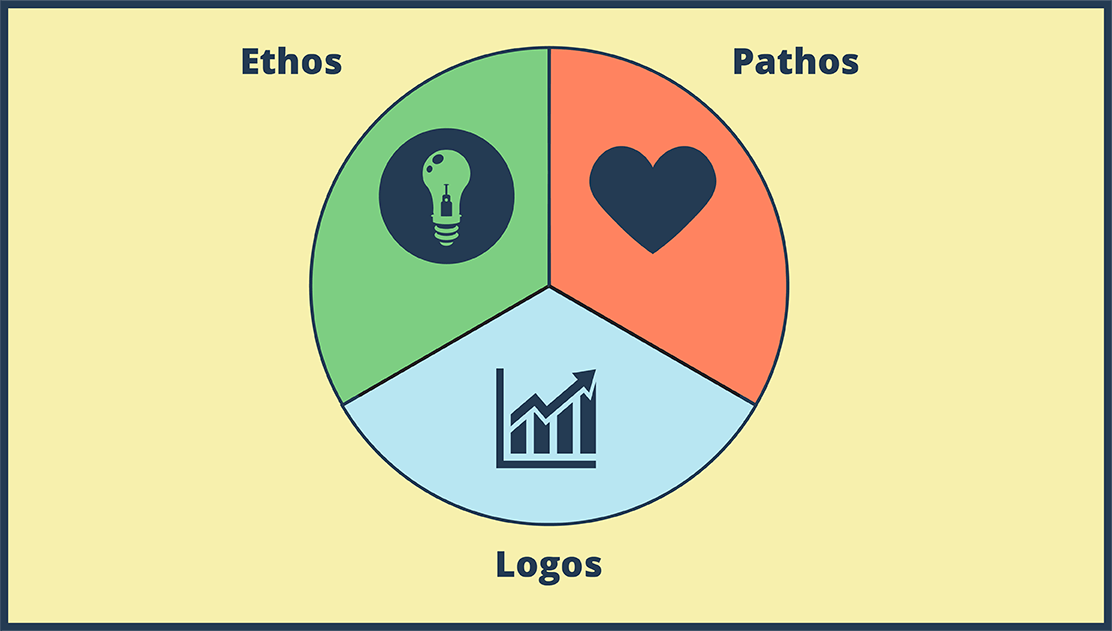How to Use a Protractor

Leiate selle storyboard järgmistes esemed ja vahendid:

Jääge Režiipõhine Kogu Suve
Anna Warfieldi Tunniplaanid
Ma ei saa juhtida. Olen proovinud õppida, aga minu käsi ei liigu pliiats päris õige tee. Kuigi mu käed ei ole kapten oskusi kunstnik, mu aju on ikka väga loominguline. Storyboard That on väga lihtne kasutada. Mida rohkem sa seda kasutada, seda rohkem oskad muutub hetkel pilditöötlus. Kärpimine ja pöörlevaid on väga võimsad tööriistad ja oluliselt suurendada oma võimeid luua.

Looge Kaasahaaravaid Hariduslikke Visuaale: Kuidas Protsessi Skeemida
Anna Warfieldi Tunniplaanid
Juhised ja protsessid on visuaaliga palju lihtsamini mõistetavad. Kui loome protsessi süžeeskeemi või loome järjestikuse diagrammi, saame keskenduda diskreetsetele sammudele, põhjustele ja tagajärgedele ning järjestusele.

Storyboard That Kasutamine oma Matemaatika Klassis
Visuaalsed Abivahendid Moodsale Klassiruumile
Storyboard That muudab visuaalse õppe hõlpsaks matemaatikatundi kaasamise ja õpilaste jaoks kohandatud sisu. Kergesti kohandatavad mallid võimaldavad teil tagada, et õpilastele antavad töölehed vastavad neile seal, kus nad on, ja seavad väljakutse kontseptsioonidele, mille valdamiseks nad veel töötavad.
'
Vaadake mõnda muud meie harivat artiklit!
Süžeeskeem Kirjeldus
How to Use a protractor graphic organizer - diagram a process
Süžeeskeem Tekst
- Libisema: 1
- GAH! Math is so stupid! It doesn't make any sense!
- Libisema: 2
- This protractor thing is impossible!
- Libisema: 4
- Make sure the protractor is not backwards! It makes life so much easier if you can read the numbers.
- Libisema: 5
- Before we measure, tell me if this is an acute, right, or obtuse angle.
- Libisema: 6
-
- Acute?
- It IS acute, so that means it measures less than 90 degrees. We already know the answer is between 0 and 90 degrees!
- Libisema: 7
- There are two parts of the protractor to help you get the angle in the right place: 1) an upside-down T at the bottom middle 2) the base line (0 degrees or 180 degrees)
- Libisema: 8
- We want to place the protractor on top of the angle so the middle of the T is at the vertex.
- Libisema: 9
- Rotate the protractor so the vertex of the angle is still at the T, but one leg of the angle is lined up with the 0 degree line.
- Libisema: 10
- The line doesn't reach the numbers!
- That's OK. Don't you remember that definition about angles? Two RAYS with the same endpoint? Rays go on forever, so we can just extend the legs of the angle.
- Libisema: 11
- The legs of the angle are extended, so we just need to read the numbers. Our options are 140 degrees or 40 degrees. Which is it?
- Libisema: 12
- Acute angle! 40 degrees! Take that MATH!
- Libisema: 0
- I will show you how to use it. Well, step 1...
- Maybe I can help.
Loodud üle 30 miljoni süžeeskeemi
Proovimiseks Pole Vaja Allalaadimist, Krediitkaarti ega Sisselogimist!



